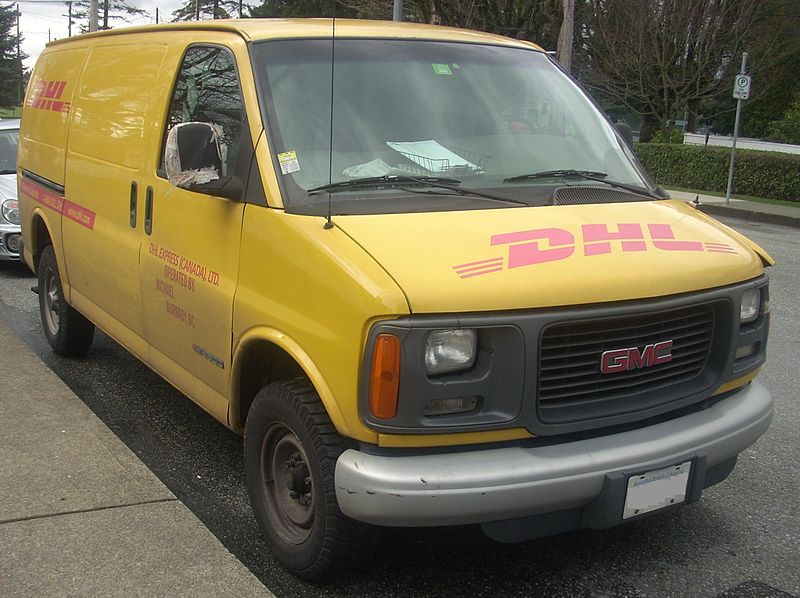1099 Insanity
According to an article on CNN/Money, “Starting in 2012, that changes. All business payments or purchases that exceed $600 in a calendar year will need to be accompanied by a 1099 filing. That means obtaining the taxpayer ID number of the individual or corporation you're making the payment to -- even if it's a giant retailer like Staples or Best Buy -- at the time of the transaction, or else facing IRS penalties.”
Wait. You gotta be kidding me, right?
The CNN article quoted Tom Henschke, president of SMC Business Councils, who said, "Just with business travel it would include hotels, rental cars. Phone service: 1099. Computer service: 1099. Whoever does your postage meter: 1099. You do a little advertising, Yellow Pages: 1099. Your landlord: 1099. You might as well just keep them in your pocket and hand them out as you go around every day."
It takes an average of 30 minutes to prepare a 1099. Small businesses file around 10 a year. Henschke’s group estimated the number of 1099s for the typical small business would jump to 200 for services purchased from corporations. The idiotic provision in the health care bill calls for the issuance of 1099s for the purchase of goods and services. How many 1099s is that? Will it double the number? Triple it?
Think about it. Buy a truck. Issue a 1099. Buy tools. Issue a 1099. Buy almost anything for business and issue a 1099.
Brad Close of the National Federation of Independent Business was quoted in the National Review saying, “On average, small businesses spend more than $74 per hour on meeting their compliance obligations, which represents the most expensive paperwork burden that the federal government imposes on small-business owners.”
So each 1099 costs the company $37. Issuing ten 1099s per year costs $370. Let’s say the required number of 1099s creeps up to 500 when one is sent to every company a small business spends $600 with. At $37 each, this will cost the typical small business $18,500.
According to the Census, there were 27 million small businesses in 2004. At $18,500 per company, the cost of the 1099 paperwork to small business will be $500 billion. And this doesn’t include the need to track down the Federal Tax ID for every company receiving a 1099, correcting mistakes, etc.
Why do it? In the fantasy world of Congressional accounting, the bureaucrats and pols think it’s a revenue raiser. CNN reported that a government study “estimated that establishing additional 1099 paper trails for income could provide up to $345 billion annually in new federal tax revenues.”
This explains why it was stuffed into the health care legislation. It’s one of the accounting tricks the politicians used to offset the costs of the bill.
Let's be honest. It’s a fantasy that the IRS is going to find $345 billion from requiring every small business to issue a 1099 to Best Buy for purchasing a budget laptop computer and basic software. In fact, I bet the processing expenses alone will cost more feds more than the marginal revenue generated from the provision's enactment. Even if the fantasy $345 billion is realized, it comes with over $500 billion of costs imposed on small business.
In truth, it's even worse for small business. To reduce the paperwork and tracking costs, expect companies to try and consolidate purchases, reducing the number of suppliers. Good news for big box stores. Bad news for small retailers.
This is no way to run a railroad or a country. Having once been a consultant to the government’s railroad, I observed firsthand how poorly the Feds performed the former. It looks like they’re trying to flub up the latter too.
The lunacy of the law leads one to recall Ayn Rand...
“Did you really think we want those laws observed?” said Dr. Ferris. “We want them to be broken. You’d better get it straight that it’s not a bunch of boy scouts you’re up against... We’re after power and we mean it... There’s no way to rule innocent men. The only power any government has is the power to crack down on criminals. Well, when there aren’t enough criminals one makes them. One declares so many things to be a crime that it becomes impossible for men to live without breaking laws. Who wants a nation of law-abiding citizens? What’s there in that for anyone? But just pass the kind of laws that can neither be observed nor enforced or objectively interpreted – and you create a nation of law-breakers – and then you cash in on guilt. Now that’s the system, Mr. Reardon, that’s the game, and once you understand it, you’ll be much easier to deal with.”
Ayn Rand, Atlas Shrugged, 1957







